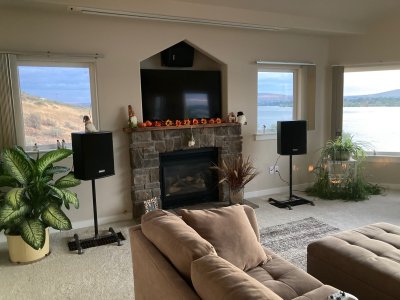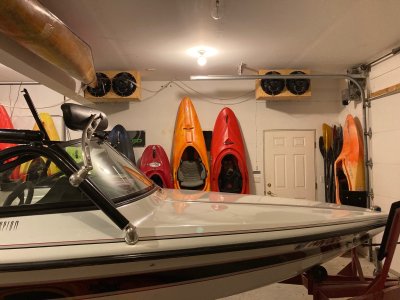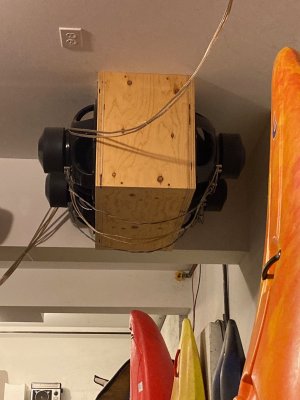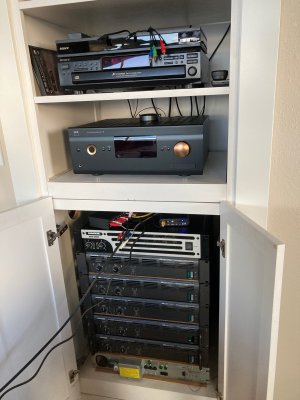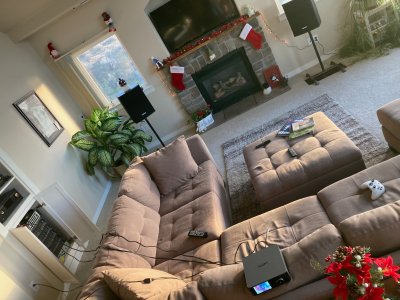Sorry, my aging eyes had for some reason misread "infinite baffle subs" as "open baffle subs", so I falsely assumed you had an all OB setup. My fault.

However, that doesn't change a thing regarding what I said. Keeping speaker EQ and room EQ separated is clearly the more powerful concept. You can easily do that using e.g. REW, but not relying on WiiM's room correction so far. Also, restricting room correction to a range below the Schrödinger frequency is generally a good idea, especially if correction is based on just one measurement. More advanced room correction systems (using multiple measurements and separate speaker EQ) can absolutely provide improvements in higher frequency ranges as well.
There's bee so much talking about latency and delay in one or the other context that I don't feel like stepping in. The important bits have all been mentioned, even if buried in lots of other stuff.
OK, don't listen to what I just promised, I have to add a couple of facts:
The delay caused by signal processing and the delay caused by different positioning of speakers relative to the listening position can all be measured in one go. There's no principal difference and they usually in a comparable order of magnitude. However, this only works if the mic can be placed in the listening position. Automatic timing alignment cannot currently do that, unless you move your Wiim to the MLP. However ...
... the delay caused by sub and speaker placement can actually be calculated easily using a tape ruler. 34 cm longer distances causes 1 ms of delay. Add that to whatever automatic timing alignment told you. Done. What's the problem?
Still not satisfied with the blending of mains and sub? In that case you'll need something like REW or ARTA (no longer maintained, I think) or CLIO or whatever, anyway. And not just for trying to capture a latency value. If you take out the real measuring equipment anyway, go ahead and optimise based on the resulting frequency response.
Latenc of USB measuring mics is not much of an issue. Programs like REW let you choose between different timing references and usually we're not really interested in absolute phase measurements (which needs compensation for the distance between mic and DuT anyway).


